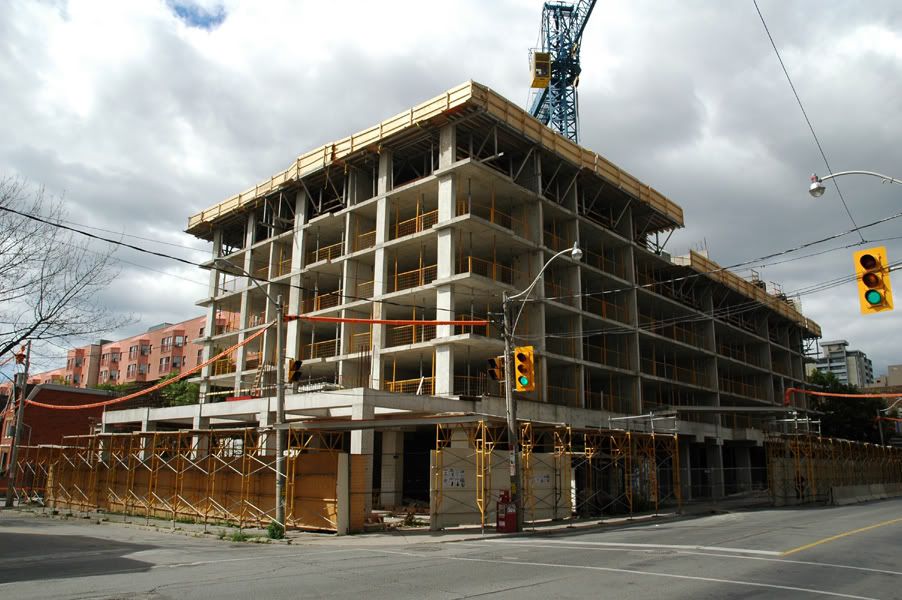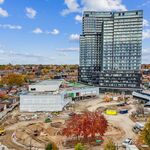May I first compliment you on the quality and depth of your response. Not your typical emotional response that sometimes comes back on these threads when there is disagreement.
Here are some questions or problems ... :
1) Who defines the standard and how is it enforced? ...
I’ll start by taking the edge off the higher standard argument that I am proposing. Every time that phrase “standard” surfaces, some of us rightfully think that here comes another form of elitism: 'my standards are better than yours' ego trip, or the more sinister 'let me set the standard(s) for you.'
I did make a point of addressing that in the post, although only slightly – not panels or committees but the people should be the source of a standard, is the gist of what I proposed. But the way I phrased it, at once acknowledged that organized groups will be more effective, only that they should be motivated first from the people rather than assuming what they believe. No response, or accepting whatever we get, can take our voice out of the equation by default, like so many other things in our world. And I don’t want us to be dismissive of an area because it is not rich in design at this time, which was actually where I had my headlights turned when I posted.
However, we are not voting on this here on this board, just using another outlet as people to express our views individually. What many of us here do not realise is that some of the influencers read or sample what we put out there as we go. We should also tap into this polilogue (a made up term) to challenge ourselves as to own positions – but again that assumes that all voices that should be heard will be here and that is the rub.
What is great about your post is that you gave us a thoughtful response about why others are not motivated in the design direction, without being indifferent. Point well taken. This changes my perspective to some degree, even though I was generally aware of this in principle. I guess I just needed to see more than just an emotional reaction.
Yes, I am interested in design, probably more than most, and view it as affecting people subconsciously as well as consciously, more than most. I have to guard against projecting too much of this interest onto what are called the “silent majorities” by American politicos. I am a bit of a design populist, in that I believe that it is there inside many if not most people, waiting to be prodded out of hiding.
...
2) What is the effect of the standard on affordability, on speed of construction, on the chances of a building being built?...
Good design is affected by cost but it is oftentimes not determined by it, nor should it be. You and I have likely seen many ugly, uninteresting, or just dull buildings, which had surprisingly big budgets. Then there are also those gems that are squeezed into the urban scene that come out of seemingly nowhere that are also cost effective, maybe even better because the money was tight – a radical prospect. I don’t want to start listing these because individual taste will vary and take us on a tangent; I just want you to explore that idea as it relates to affordability. In the right hands we have to believe that every project can be made better. I think with the same budget as the people had here, they could, and more importantly, should have done better.
As to the chances of getting built - when does good or better design affect that negatively? If anything, the better the design, the greater the chance something will get built, because it attracts rather than repels prospective buyers. When you do this, you may inch into the affordability area again as the market will be affected - this can lead to a vicious cycle but one that will be better for us all in that good will probably spawn good rather than bad spawning bad.
...
3) What is the purpose of the standard? ...(T)here are many goals of policy in this area, and in most cases, aesthetic judgements are fairly down the list. To me, even broad goals are often suspect ...
I think I have dealt with the purpose of a higher standard already. But let me address it more specifically. You raise the standard for each building and you raise the standard for every area of the city, and ultimately for the city itself - regardless of the times that these efforts will come up short (that is why I reference the next
Star-like building that may be in the process of being proposed). You lower your standards you slide down that slippery slope of mediocre buildings, mediocre neighbourhoods, and perhaps a mediocre city. That seems impossible in Canada's great city, especially during a boom period, but booms produce buildings that will be around long after, and we should look at each one in that fashion, or else wonder why this or that was built in the first place.
I am realistic in that I know there is no perfect city, nor a perfect time, nor a consensus that must be satisfied before any and everything goes up. But I think we as individuals can be more active, and through organization we can also be more effective, in making ourselves heard. If nothing else the developers would be on guard, ideally on notice, that somebody is aware they are trying to sneak in the backdoor, the bad, the worse, and the offensive. This is not a nimby argument, because the goal of standard raising in this context, is tempered by what is good for Toronto itself over the long haul.
Finally, let me point out that there is a distinction between aesthetics and design when I use the two in relation to architecture. I emotionally react to the visible part of the design of the building - the look - but that is only one component of design, the part that is closest to the aesthetic. Design also links into other non-aesthetic functions that make a building work as well. The Swiss born Modernist architect, who went by the name
Le Corbusier, likened the design of a built structure to making a "machine for living in." That image zones into the other, non-aesthetic side of design, that makes a building work. If good to great design is down the list, in my mind, it becomes an excuse to do things badly on every level that design touches. What we need to do is pull everything up to something worthwhile (where I substitute words like "raising of standards") or otherwise, when the "more important" things, priortised higher but assembled in isolation, do come together, you may find that the very people to whom you supplied more important needs, may turn around and complain about the diminished result that ultimately didn't deliver what they truly wanted to live in.











